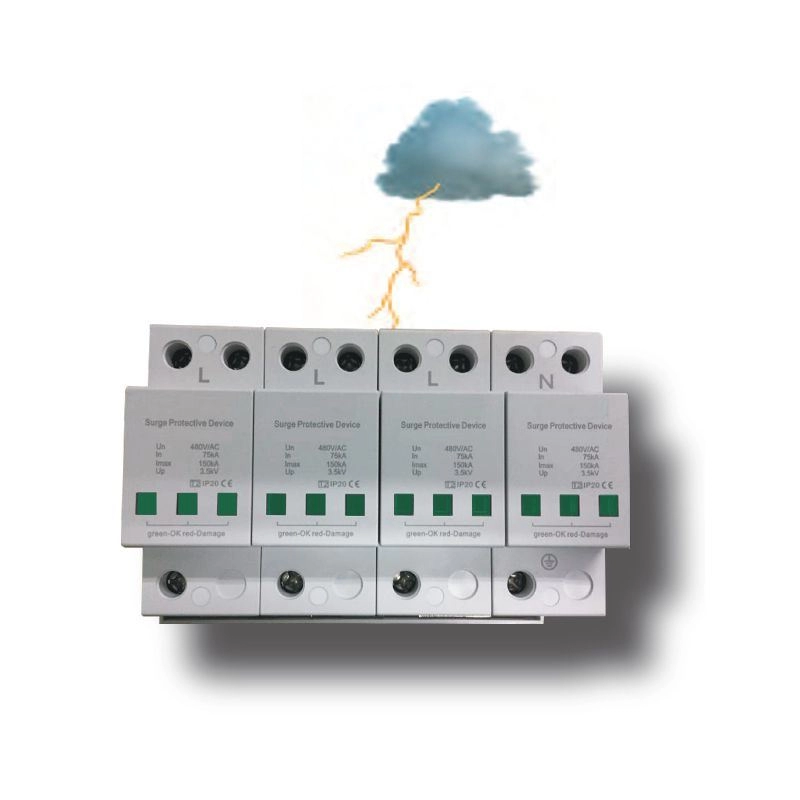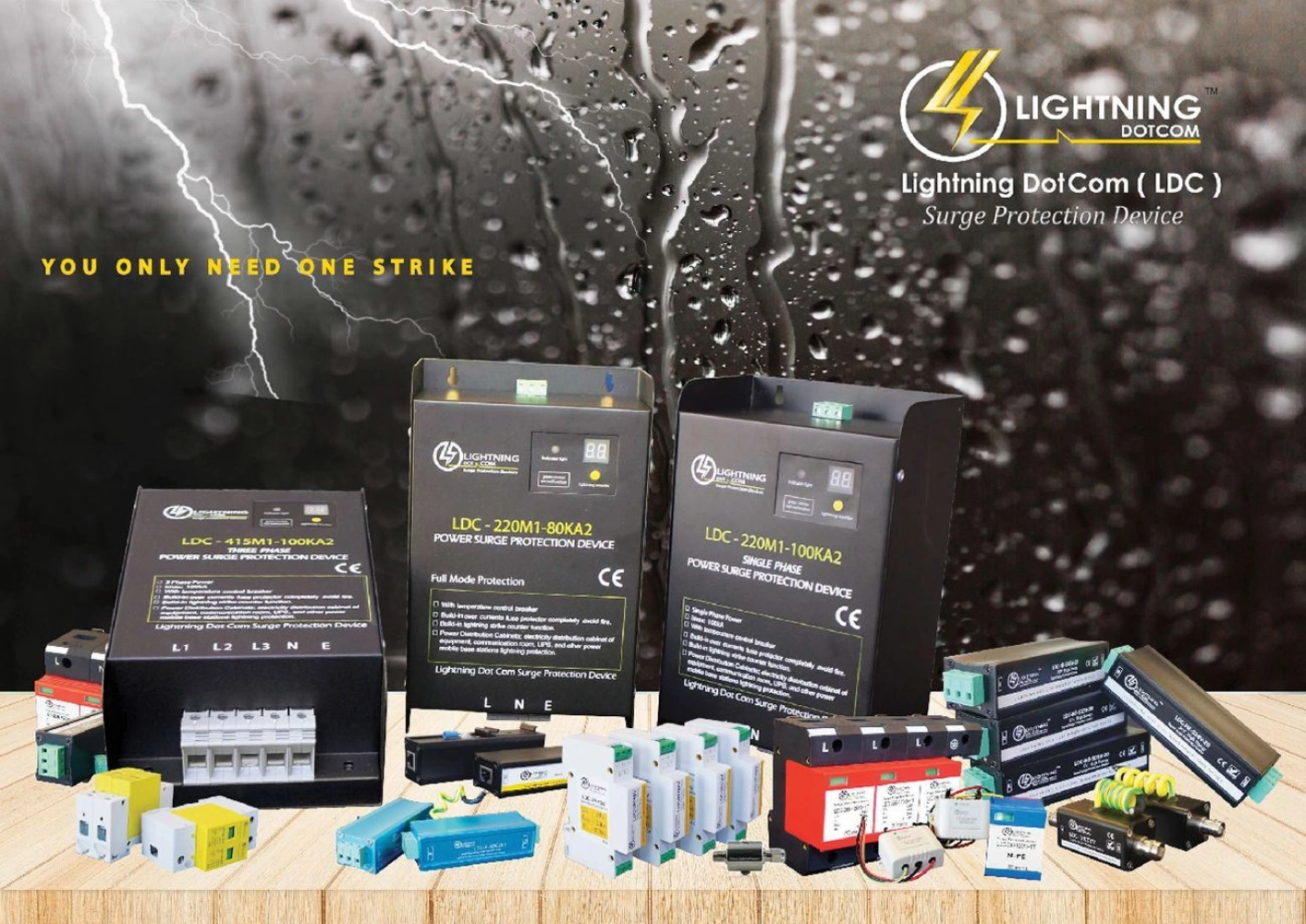What is Surge

Figure 1 : Resistive coupling DAMAGE
Resistively coupled transients are caused by differences in potential between two connected earths.
Energy from ground strikes flows away through the path of least resistance, and increases the potential in local earths, cabling and electronic circuitry.
Where these are linked to separate earths by a metallic service line, the potential is shared, creating transient overvoltages as the current attempts to flow.
Resistively coupled transients are caused by differences in potential between two connected earths.
Energy from ground strikes flows away through the path of least resistance, and increases the potential in local earths, cabling and electronic circuitry.
Where these are linked to separate earths by a metallic service line, the potential is shared, creating transient overvoltages as the current attempts to flow.

Figure 2 : Inductive coupling
Inductively coupled transients are caused by electromagnetic pick-up.
A lightning discharge gives rise to an electromagnetic field. If metallic services, such as overhead power lines, pass through this field a voltage will be picked up by, or induced on to, the line.
Inductively coupled transients are caused by electromagnetic pick-up.
A lightning discharge gives rise to an electromagnetic field. If metallic services, such as overhead power lines, pass through this field a voltage will be picked up by, or induced on to, the line.

Figure 3 : Equipment risk
Degradation of electronic systems begins at lower transient overvoltage levels and affects critical electronic systems whenever the impulse immunity of the equipment is compromised.
Damage occurs when a transient overvoltage exceeds the withstand voltage of electrical and electronic equipment.
Degradation of electronic systems begins at lower transient overvoltage levels and affects critical electronic systems whenever the impulse immunity of the equipment is compromised.
Damage occurs when a transient overvoltage exceeds the withstand voltage of electrical and electronic equipment.
A surge is a short duration voltage spike that appears on either mains or a low voltage cable i.e telephone or computer line, whilst this surge can result from other sources other than lightning surges caused by lightning tend to be of a much higher level and subsequently have a potential to be much more dangerous and damaging.
The first stroke of lightning during a thunderstorm can produce peak currents ranging from 1,000 to 100,000 Amperes with rise times of 1 microsecond. It is hard to conceive of, let alone protect against, such enormous magnitudes. Fortunately, such threats only apply to direct hits on overhead lines. Hopefully, this is a rare phenomenon. More common is the induced surge on a buried cable, in one test, lightning-induced voltages caused by strokes in ground flashes at distances of about 5 km were measured at both ends of a 448 meter long, unenergized power distribution line.
The first stroke of lightning during a thunderstorm can produce peak currents ranging from 1,000 to 100,000 Amperes with rise times of 1 microsecond. It is hard to conceive of, let alone protect against, such enormous magnitudes. Fortunately, such threats only apply to direct hits on overhead lines. Hopefully, this is a rare phenomenon. More common is the induced surge on a buried cable, in one test, lightning-induced voltages caused by strokes in ground flashes at distances of about 5 km were measured at both ends of a 448 meter long, unenergized power distribution line.




